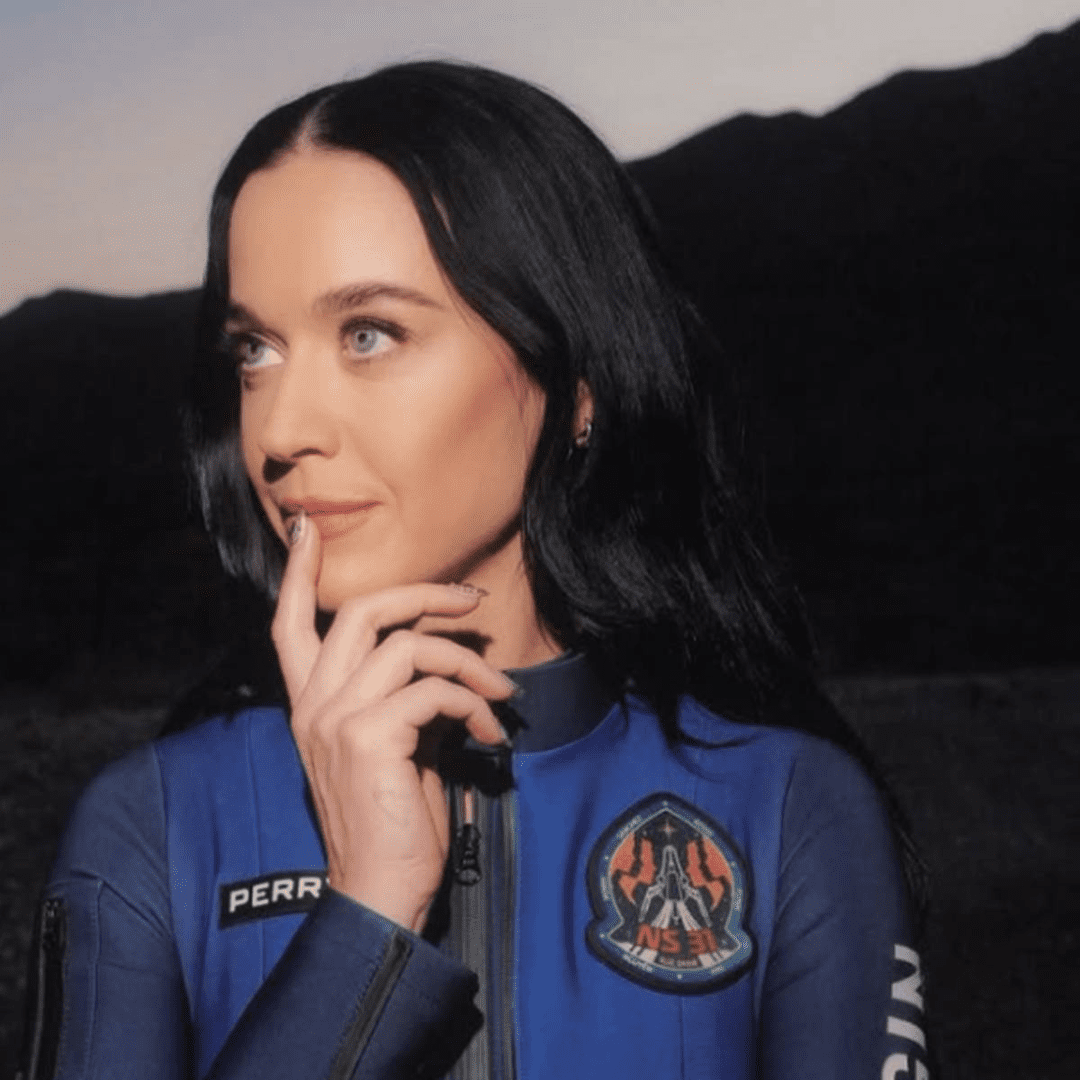When the New Shepard rocket lifted off from the West Texas desert, carrying six women—among them a pop superstar, a media titan, a civil rights activist, and a former NASA scientist—it wasn’t just a launch. It was a carefully curated moment of visibility. At the heart of the Blue Origin mission was a symbol: women, finally front and center in a domain that has historically sidelined them. But like most symbols, this one comes with layers of complexity.
The mission, just 11 minutes long, crossed the Kármán line—the boundary of space—and returned with its crew joyfully weightless, metaphorically and literally. Katy Perry kissed the Earth upon landing. Gayle King fell to her knees. “Earth looked so quiet,” Lauren Sánchez said. “But really alive.” These weren’t astronauts in the traditional sense. This wasn’t a mission in pursuit of science or planetary defense. It was something else entirely: a spaceflight as experience, as spectacle, as statement.

What you make of that depends on where you sit. To some, this was a breakthrough—a moment of poetic justice for women long excluded from space history. To others, it was a luxury event cloaked in the language of empowerment, an expensive joyride with carbon consequences at a time of global ecological crisis.
Space, in this context, isn’t the final frontier—it’s the newest celebrity stage. But let’s not be too quick to dismiss the moment. Representation matters, even at 350,000 feet. Seeing women of different backgrounds—scientists, artists, leaders—floating above the Earth may not advance astrophysics, but it may inspire someone watching from the ground to believe that this sky, too, is for them.
Still, we must be honest. Space tourism remains the playground of the ultra-wealthy, and the emissions from these flights are not without consequence. Blue Origin insists its engines release only water vapor, yet experts note even water can disrupt the delicate balance of our atmosphere at high altitudes. The optics are as complicated as the chemistry.

This launch, like most modern space ventures, straddles two worlds: one of possibility and one of privilege. Whether it propels us toward a more inclusive future or distracts from deeper inequities will depend on what follows—not just who goes next, but why.
Until then, the image of Katy Perry lifting a daisy to the sky will linger, a surreal reminder that we are living in a time when fame and fortune can send you to space. The question that remains is what, if anything, will come back down with you.










